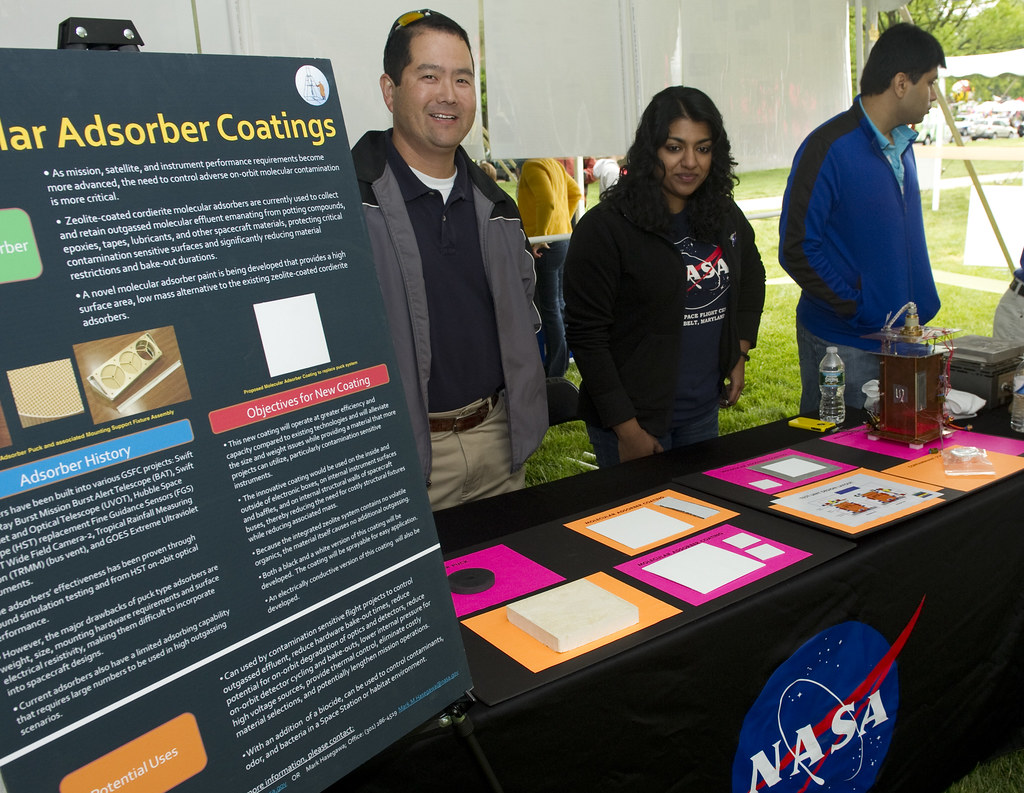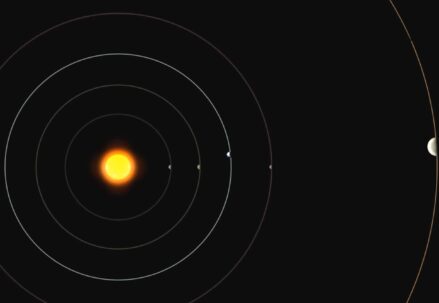Embarking on a cosmic exploration demands a structured trajectory. Join me on an odyssey through the essentials of becoming an astrophysicist. From foundational education to navigating the intricacies of internships and delving into the transformative realm of a Ph.D., let’s chart the course.
How to become an astrophysicist?
Understanding the role of an astrophysicist unveils a fusion of physics and celestial phenomena. The roadmap begins in high school, where the pillars of physics, mathematics, and even chemistry lay the groundwork. A bachelor’s in physics forms the bedrock, fostering a profound comprehension of essential principles:
- Transitioning to a Master’s in Physics solidifies this knowledge, paving the way for a deeper dive into astrophysics. Concurrently immersing oneself in astrophysical literature deciphers the mathematical intricacies, forging a bridge between theory and cosmic reality;
- Internships and workshops emerge as constellations guiding this journey. These practical forays allow exploration across diverse realms, sculpting interests and refining research acumen. The transformative power of internships often illuminates unforeseen passions, much like my shift from stellar astrophysics to the captivating vistas of extra-galactic astronomy.
The pinnacle of this odyssey materializes in a Ph.D. Here, patience becomes the celestial virtue, propelling one through the uncharted territories of research. It’s not just a degree; it’s an immersive expedition into the depths of the cosmos, sculpting not just findings, but character and expertise.
Is astrophysics a good career?
Astrophysics can be an incredibly rewarding career for those passionate about understanding the mysteries of the universe. It offers opportunities to explore fundamental questions about the cosmos, conduct groundbreaking research, and contribute to our understanding of the universe’s origins, evolution, and behavior.
However, like any career path, astrophysics has its challenges. It often involves rigorous academic study, continuous learning, and competition for research positions and grants. Job availability can vary based on funding, and it might require flexibility in location to work in specialized facilities or collaborations.
If you have a deep interest in space, celestial objects, and the underlying physics governing the universe, astrophysics can be a fascinating and fulfilling career choice. It’s a field that constantly pushes boundaries and allows for contributions that can profoundly impact our understanding of the cosmos.
How long does it take to become an astrophysicist?
Becoming an astrophysicist typically involves several years of education and training. Here’s a rough breakdown:
- Undergraduate Degree (Bachelor’s): This usually takes around 4 years of study in physics, astronomy, or a related field. During this time, students build a foundation in physics, mathematics, and astronomy;
- Graduate Studies (Master’s and/or Ph.D.): After completing a bachelor’s degree, aspiring astrophysicists often pursue a master’s degree (which might take 1-2 years) and then a Ph.D. in astrophysics or a closely related field. A Ph.D. program typically lasts around 5-7 years and involves coursework, research, and the completion of a doctoral thesis;
- Postdoctoral Research (Optional): Some individuals undertake postdoctoral research positions for a few years to gain additional experience and strengthen their research credentials before seeking permanent positions in academia or research institutions.
The entire path from undergraduate studies to becoming a professional astrophysicist can thus take around 8-12 years or more, depending on the individual’s pace, research focus, and career goals.
Keep in mind that this timeline can vary based on factors like the individual’s prior education, research experience, and the specific requirements of the programs they choose to pursue.
Does NASA hire astrophysicists?
Absolutely! NASA frequently employs astrophysicists and scientists in various roles across its different centers and missions. NASA’s research and exploration efforts often require expertise in astrophysics to understand celestial phenomena, analyze data from telescopes and space probes, develop scientific instruments, and conduct theoretical research:
- Astrophysicists working at NASA might be involved in a wide range of projects, such as studying exoplanets, understanding the behavior of stars and galaxies, analyzing cosmic phenomena like black holes or supernovae, and contributing to space missions designed to explore the universe;
- Positions at NASA for astrophysicists can range from research scientists and engineers to mission planners, data analysts, and project managers. These roles often require advanced degrees in astrophysics, physics, astronomy, or related fields, along with relevant research experience.
NASA regularly collaborates with universities, research institutions, and international space agencies, offering opportunities for astrophysicists to engage in cutting-edge research and contribute to space exploration endeavors.
Is astrophysics a lot of math?
Astrophysics involves a significant amount of mathematics. Mathematics serves as the language of physics and provides the tools necessary to describe and understand the physical processes that govern the universe:
- Astrophysicists use various branches of mathematics, including calculus, differential equations, linear algebra, statistics, and sometimes more advanced topics like tensor calculus and complex analysis. These mathematical tools help in modeling physical phenomena, analyzing observational data, and deriving theoretical predictions;
- Understanding the behavior of celestial objects, the dynamics of galaxies, the formation of stars and planets, and the interactions of cosmic phenomena often involves complex mathematical equations and computational methods.
While a strong foundation in mathematics is crucial for studying astrophysics, the level of mathematical rigor can vary based on the specific area of research within astrophysics. Some branches might require more intense mathematical work than others. Nonetheless, a good grasp of mathematics is fundamental for anyone pursuing a career in astrophysics.
Do astrophysicists get paid well?
The salary for astrophysicists can vary significantly based on several factors, including education level, experience, location, specific job role, and the employer (whether it’s academia, research institutions, government agencies like NASA, or private sector companies).
In general, astrophysicists with higher education levels (such as a Ph.D.) and significant experience in the field tend to command higher salaries. Academic positions in universities or research institutions might offer competitive salaries, but they could also involve additional responsibilities such as teaching or grant writing:
- Government agencies like NASA or national laboratories often offer competitive salaries and benefits to astrophysicists involved in research, mission planning, data analysis, and instrument development;
- Private sector opportunities, such as working for aerospace companies, tech firms, or consulting roles, may also offer competitive salaries, potentially exceeding those in academia or government.
Overall, while astrophysics can be a rewarding field in terms of intellectual fulfillment, the salaries can vary widely depending on the specific career path, location, and the individual’s qualifications and experience.
Conclusion
Becoming an astrophysicist transcends mere education; it’s a cosmic metamorphosis. Each phase, from academic pursuits to hands-on experiences, orchestrates a symphony that shapes a researcher’s soul. Aspiring astrophysicists, grasp not just the formulas but the essence—a journey where curiosity meets perseverance, birthing the astronomers of tomorrow.





